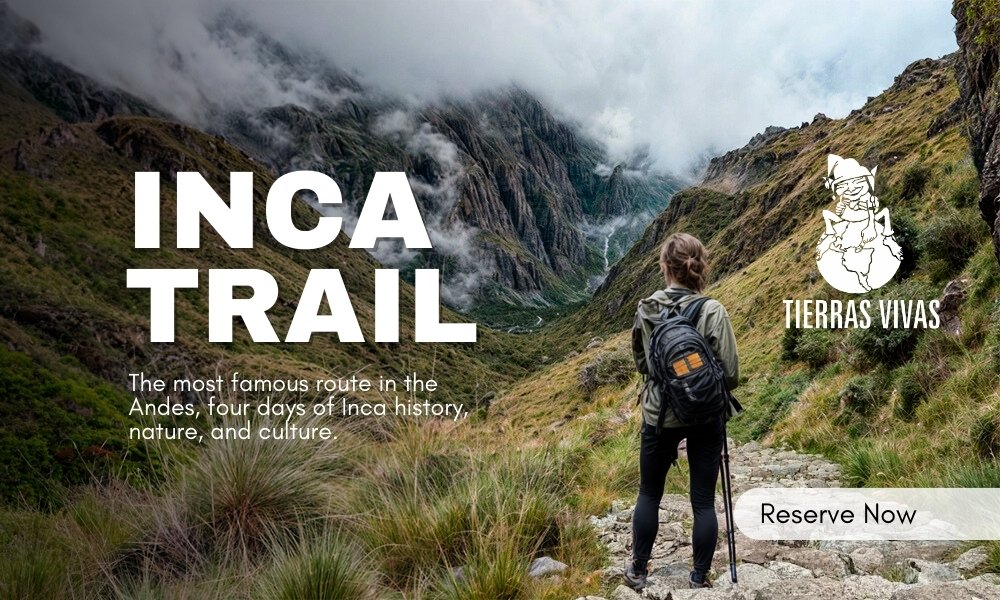Cusco is the tourism hub of the Peruvian highlands and one of the most important destinations in South America. The region's attractions start in the city itself and stretch through valleys and snowy peaks until reaching the citadel of Machu Picchu. Upon landing, you immediately feel the geographical setting of the Andes, where the capital of the Inca Empire welcomes travelers among vast grasslands and the characteristic landscapes of Peru.
Due to its geographical location, it is common for visitors to notice immediate physical changes upon arrival, such as a higher heart rate or more intense breathing than usual. Although part of this feeling is due to the excitement of seeing this historical place, the main factor is the city's altitude, which is over 3,300 meters above sea level.
Understanding how the elevation affects the body and following a proper preparation is essential to fully enjoy the experience. In this guide, we will provide you with essential information and practical tips to acclimatize correctly and avoid common discomforts associated with altitude.
About the Elevation of Cusco
Travelers should take precautions when arriving in the imperial city of Cusco, the main gateway to the region. Cusco is located at an altitude of 3,399 meters, an elevation significantly higher than that of Machu Picchu. When landing in the city, especially if the flight comes directly from Lima (at sea level), the body experiences a quick ascent in just one hour, so following acclimatization recommendations is essential.
A common strategy among visitors is to move immediately after their arrival toward the towns of the Sacred Valley of the Incas; these include: Pisac, Urubamba, and Ollantaytambo, which are at a lower altitude, allowing for a more gradual and gentle acclimatization before returning to Cusco. Once the body has adapted to the height of the Sacred Valley or Cusco, there should be no major problems with the elevation of Machu Picchu. Although it is normal to feel some shortness of breath during hikes, the risk of severe altitude sickness is greatly reduced with this prior preparation.
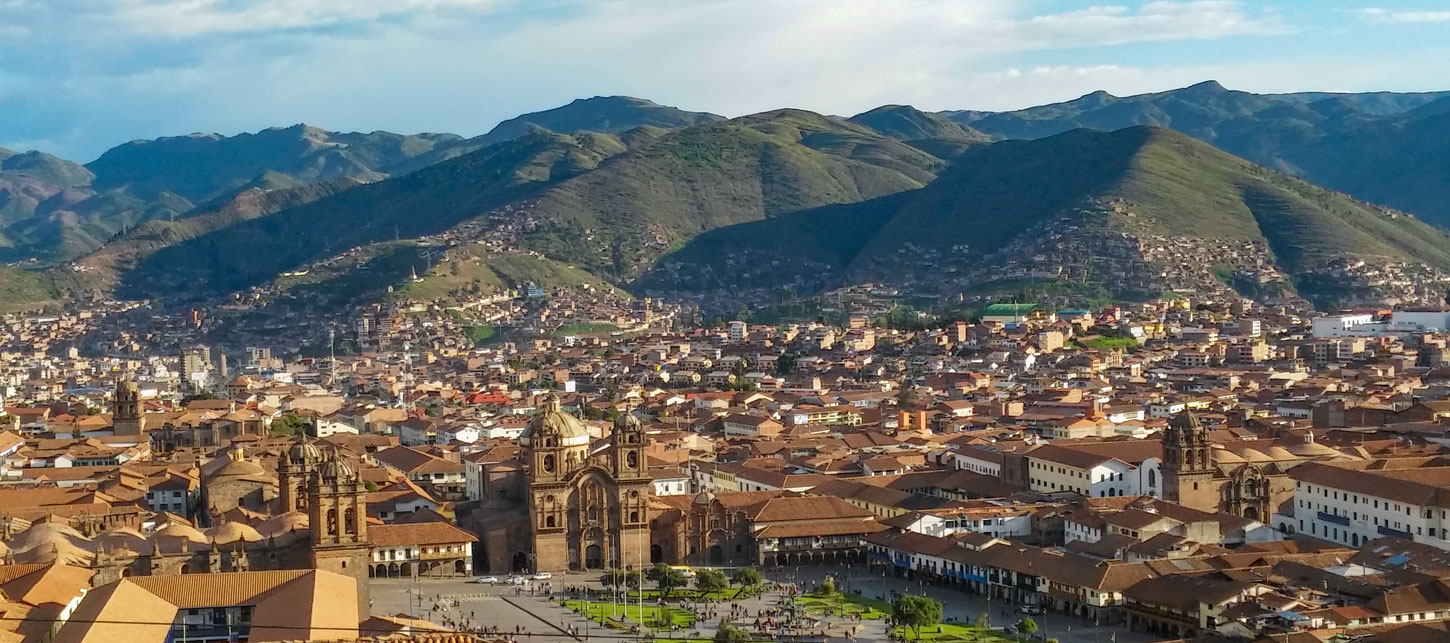
Cusco Altitude
The altitude of Cusco falls within the Quechua and Suni regions, ranging from 2300 meters to 3500 meters, as per the geographical divisions of Peru.
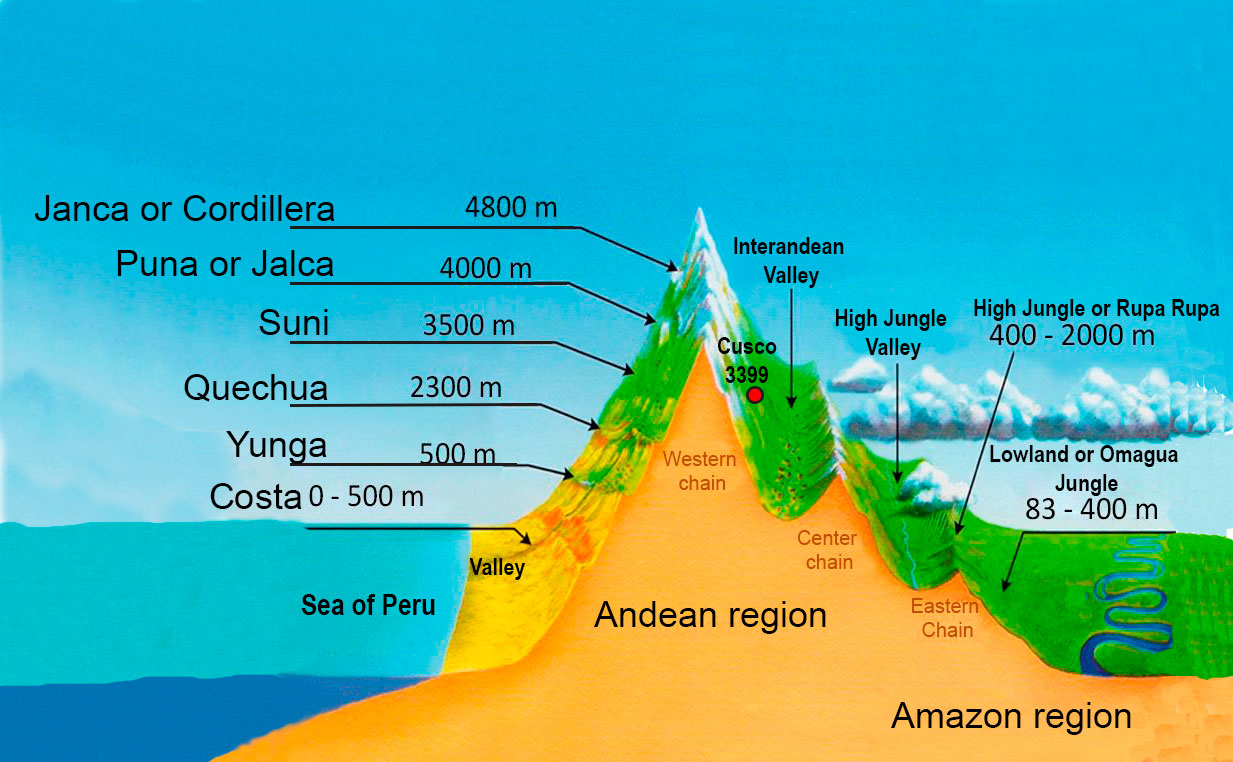
About the Elevation of Machu Picchu
The citadel of Machu Picchu is located at an altitude of 2,430 meters above sea level, an elevation much lower than that of the city of Cusco. In front of it stands Huayna Picchu, whose peak reaches 2,720 meters. Although Machu Picchu is below the critical limit of 2,500 meters where Acute Mountain Sickness (AMS) usually appears, visitors taking a Machu Picchu day trip from sea level or low altitudes may still feel mild symptoms due to the physical effort of the walk.
In terms of susceptibility, the peaks of Machu Picchu and the climb to Huayna Picchu are the points where the breathing demand is highest. However, statistically, the vast majority of visitors to the historical sanctuary do not suffer severe complications from the altitude in this area, especially if they have already spent some time acclimatizing in Cusco or the Sacred Valley.
RELATED: ELEVATION CUSCO MACHU PICCHU
Acute mountain sickness
Many people who want to come to Peru and especially to Cusco, (Machu Picchu), have the fear of altitude sickness, but the truth is that not many give them this altitude sickness, Cusco is at 3,399 meters above sea level, and some can give an account if it is very high or not.
Acute mountain sickness is also known as mountain sickness, altitude sickness, soroche, yeyo or apunamiento and is about the body’s lack of adaptation to heights and all the symptoms that this presents in the body. In general, those who are accustomed to the plain or more or less low heights, begin to feel it at 2,500 meters above sea level and, higher, more likely to be noticed and suffer.
It is that the more you ascend the more the atmospheric pressure and oxygen pressure decreases and, thus, the inspired oxygen is lower and that is when hypoxia or lack of oxygen in the blood occurs.
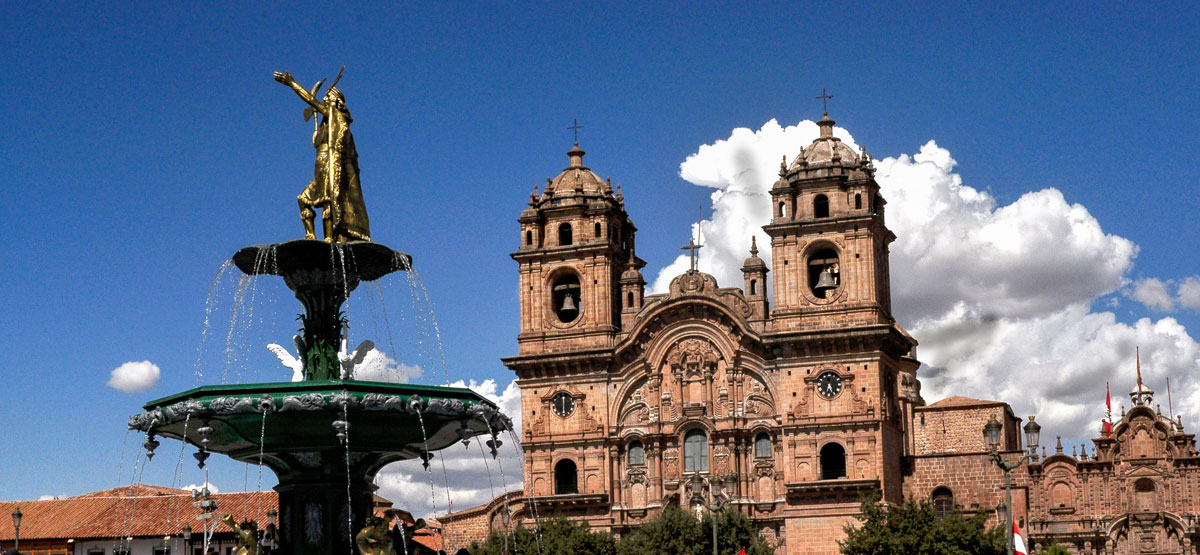
Symptoms
- Intense headache
- Fatigue or physical exhaustion
- Sleep disorder
- Nausea and vomiting
- Digestive disorders
- Agitation
- Lack of appetite
- Physical exhaustion
- Sudden nighttime dyspnea, that is, wake up abruptly with a sensation of drowning
- In as much, the most serious cases can cause Pulmonary Edema of Altitude and Cerebral Edema of Altitude.
We advise you to consider the following recommendations
- Do not eat too heavy the day before traveling to Cusco.
- Make sure you drink between 6-8 glasses of water the days before the trip and during your stay in Cusco.
- Once you arrive at your hotel, lie down a few minutes before going out to explore the city.
- Take Coca Tea, most hotels offer it free at the reception of their facilities. Another option is to buy lemon candies.
- Once you are ready to go out and explore the city, try not to get up and down stairs or walking fast. The best thing is to enjoy every corner of Cusco with calm and consideration.
What to do to avoid altitude sickness in tour Machu Picchu?
For travelers eager to explore Machu Picchu seamlessly, there are strategic steps to take in Cusco to mitigate the effects of altitude sickness. One effective approach is to transition to nearby cities in the Sacred Valley, such as Ollantaytambo, Pisaq, or Urubamba. These locales boast slightly lower altitudes than Cusco and Machu Picchu, providing a gentler acclimatization process. Spending approximately 24 hours in these areas ensures a smoother adjustment before embarking on the Machu Picchu tour package or returning to Cusco.
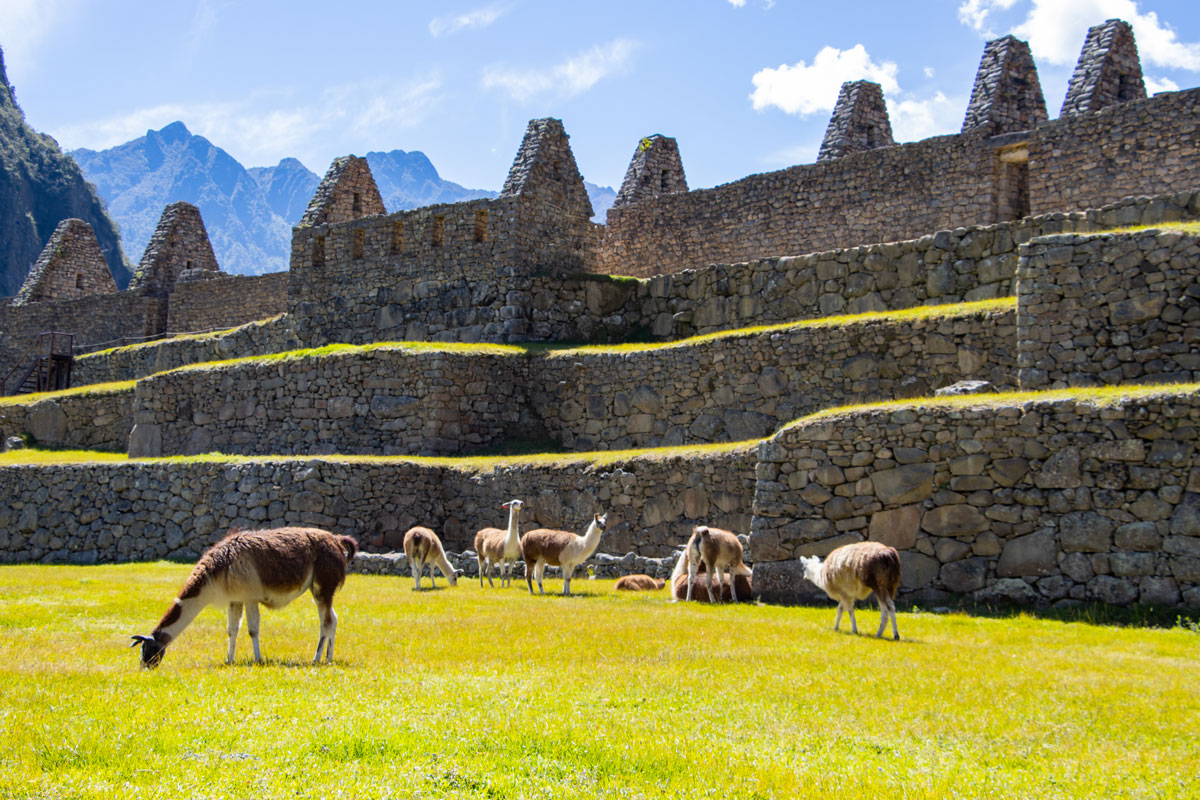
Recognizing the significance of quality sleep in aiding bodily adaptation, it’s advisable to refrain from sleep aids and alcohol, as both can adversely affect breathing during sleep.
Be mindful of other altitude-related effects during your Machu Picchu journey. Some individuals, particularly women, may experience swelling in the hands, face, and ankles. To address this, it’s recommended to avoid wearing tight jewelry and contact lenses.
Coca leaves, integral to Andean culture for millennia, offer a natural solution. Contrary to misconceptions, coca leaves are not hallucinogenic; instead, they are rich in proteins, vitamins, and minerals, making them an excellent and proven nutritious option with medicinal properties. Leveraging the analgesic effects of coca leaves can help alleviate symptoms of altitude, such as headaches and fatigue.
Altitude in Cusco and Inca Trail
At altitudes exceeding 2,400 meters (7,874 feet), such as those experienced in Cusco and along the Inca Trail Peru, atmospheric pressure and oxygen levels diminish, presenting challenges for the human body.
In Cusco, the heart of the historic Inca Empire, the altitude hovers above 3,400 meters. This reduction in atmospheric pressure leads to lower oxygen availability, requiring the body to adapt to the changing conditions. As you ascend, the air becomes progressively thinner, exacerbating the scarcity of oxygen. The Inca Trail, spanning four days, reaches its highest point at 4,200 meters. At this altitude, atmospheric pressure is slightly more than half that at sea level. The demanding Salkantay tour, reaching heights of 4,650 meters, intensifies the challenge.
At these elevations, the heart and lungs work doubly hard to ensure an adequate supply of oxygen to the body’s tissues. Understanding and respecting these altitude-related factors is crucial for a safe and enjoyable exploration of the breathtaking landscapes of Cusco, the Inca Trail, and beyond.
When is the best time to Cusco?
The best season is during the dry season, which covers the months April to the end of September. In October the rains begin and you can find Machu Picchu covered by clouds. If you travel in June, we recommend you to book the Inti Raymi 2026 Tour that takes place in June 24th, and also hike the Palcoyo Mountain Tour, which is an incredible Rainbow Mountain located in the Andes.
RELATED: CUSCO WEATHER
Hiking tours from Cusco
Many are the routes that take you to Machu Picchu, but none is like the Inca Trail Tours, the most famous pedestrian path in the Americas. After flying from the capital of Peru, Lima, you will arrive in Cusco to walk for four days along a path through forests and dense fog, millenary stone steps and discovering the ruins of ancient fortifications and Inca cities, and all the time enjoying majestic views.
- Salkantay Trek to Machu Picchu 5 days
- Hiking the Inca Trail to Machu Picchu 5 days
- Inca Quarry Trail 4 Days
- 2 Day Inca Trail Tour
- 2 Day Inca Trail with Camping
- 3 Day Inca Trail
- Vilcabamba Hike to Machu Picchu 6 days
- Choquequirao trek to Machu Picchu 9 days
- Ausangate trek 7 days
If you want to visit Machu Picchu, we recommend you to book your Machu Picchu Ticket in advance, so you will enjoy your Vacation in Machu Picchu without any problem.


